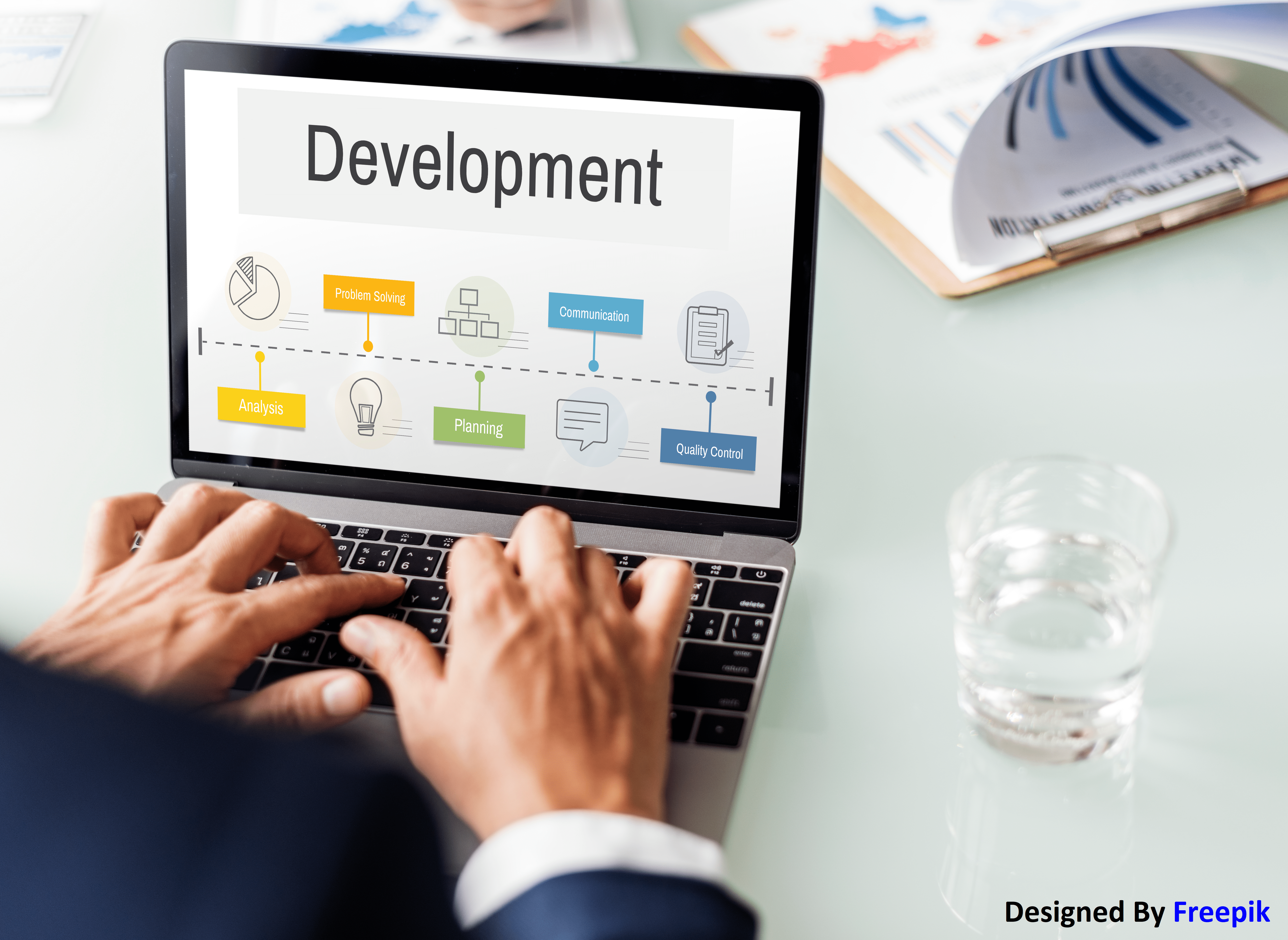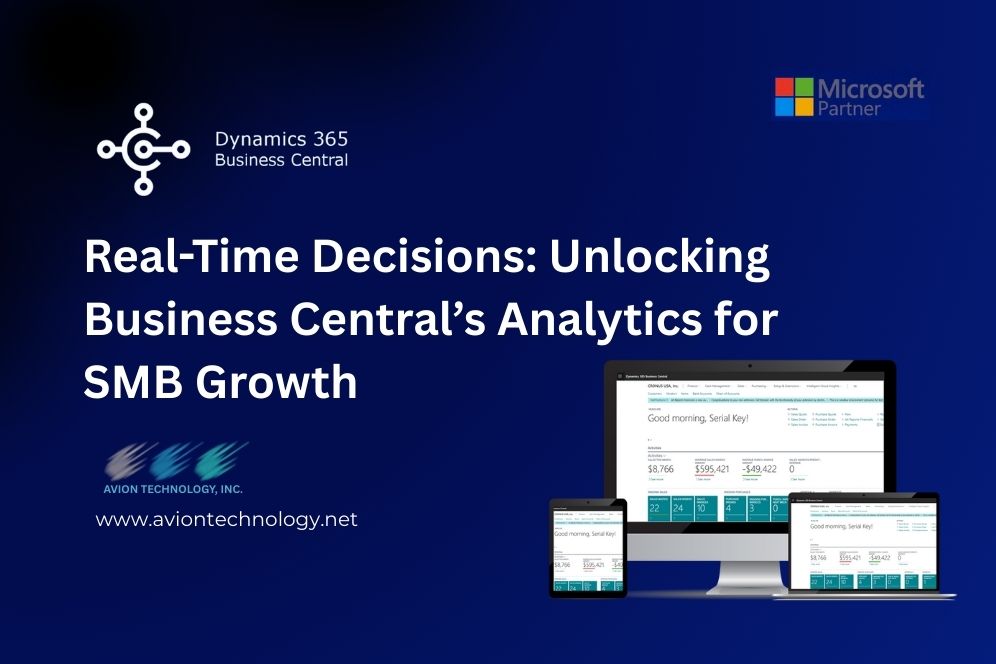Product development, often known as new product management, refers to conceptualizing, designing, developing, and selling newly developed or renamed goods or services. Product development aims to nurture, maintain, and enhance a company’s market share by meeting consumer demand. Not every product will plead to every consumer or client base. Determining a product’s target market is vital early in product development. Quantitative market research should be carried out at all stages of the design process, including before the product or service is conceptualized, during the design process, and after the product is introduced.
What exactly is Product Development?
The process of bringing a plan from concept through delivery is referred to as product development. Whether launching a new product or improving an old one, the product development cycle begins long before anything is developed. Everything from conceiving the first concept to carefully planning, developing, and putting it to market — and then analyzing its performance — is covered.
Product development has traditionally been associated with the construction phase of the product lifecycle. Requirements were set beforehand and implemented in successive stages for teams following tight waterfall techniques. Most product teams are now adopting a more iterative approach based on agile methods. Customer input is solicited early and frequently, work is distributed in stages, and change is expected and welcomed.
How to Make a Product Development Strategy
A product development plan should encompass the path from concept to market, including as many stakeholders as possible to guarantee their requirements and concerns. These concerns are met and involve the need to ensure the finished product has a market value.
A product team’s development stages may be divided into the following categories:
1. Determine Market Demand
The first step in developing a product is establishing if there is a market demand for it. You should be able to identify interest in your product and problems to solve by conversing with consumers and conducting additional research activities such as test marketing and surveys.
2. Calculate the Opportunity
A product should not be established just because there is a need to be solved or a sign of market interest. Not every problem requires a product-based solution, and the consumer must be prepared to pay the right price for the answer.
3. Visualize the Product:
Your team may start getting creative and brainstorming ideas to build solutions that solve the problem while also meeting market demands. This process might result in developing various viable solutions that need evaluation.
4. Test the Solution:
Because prototype design and development can be costly, it is essential to take the time to examine and validate your thoughts. One must evaluate to clear out concepts that aren’t worth pursuing further.
5. Create a Product Roadmap:
Once the submitted concepts have been agreed upon, the product management team will develop a roadmap for your project. This team will determine what themes and goals to establish to address the most critical aspects of your situation. This process should result in the development of an early version of the product that can be tested and assessed by market segments. One may also find more information regarding product roadmaps here.
6. Create a Minimum Viable Product (MVP)
Following your product roadmap should result in constructing a product with sufficient capacity for your client base. It may not be the complete product, but it should be enough to test the market and get preliminary feedback.
7. Distribute the MVP to beta Testers:
The MVP should be issued to market segments to gauge interest and gather input. The MVP allows you to start determining marketing messaging, channels, and sales force strategies, extending beyond the product to include package design concepts and price. This critical step establishes a feedback loop between you and your consumer base, allowing them to submit ideas, complaints, and suggestions to help enhance your final product.
8. Ongoing Evaluation and Development:
You can start working on product additions and adjustments using the MVP release’s input. You can ensure that your design meets your clients’ demands by listening to their input. You can necessitate strategic goal formulation and may require numerous revisions before you have a market-ready final product.
The problematic aspect is product development. It’s where brilliant ideas meet reality when utopian visions of the future collide with the technological and human resource constraints that separates dreamers from doers.
To prevent a good product vision from being delayed amid challenging work and obstacles, one must strategize a roadmap to be firmly integrated with Agile planning and maximize the result.
Resource:
https://www.aha.io/roadmapping/guide/what-is-product-development
https://www.twi-global.com/technical-knowledge/faqs/product-development
https://www.productplan.com/learn/what-is-product-development/
Disclaimer:
Wherever any material is quoted as sourced from the published text with publishing rights vested in an individual, it is stated that it is a pure quotation and has no intention to claim it as our own.
Image Source: www.freepik.com





